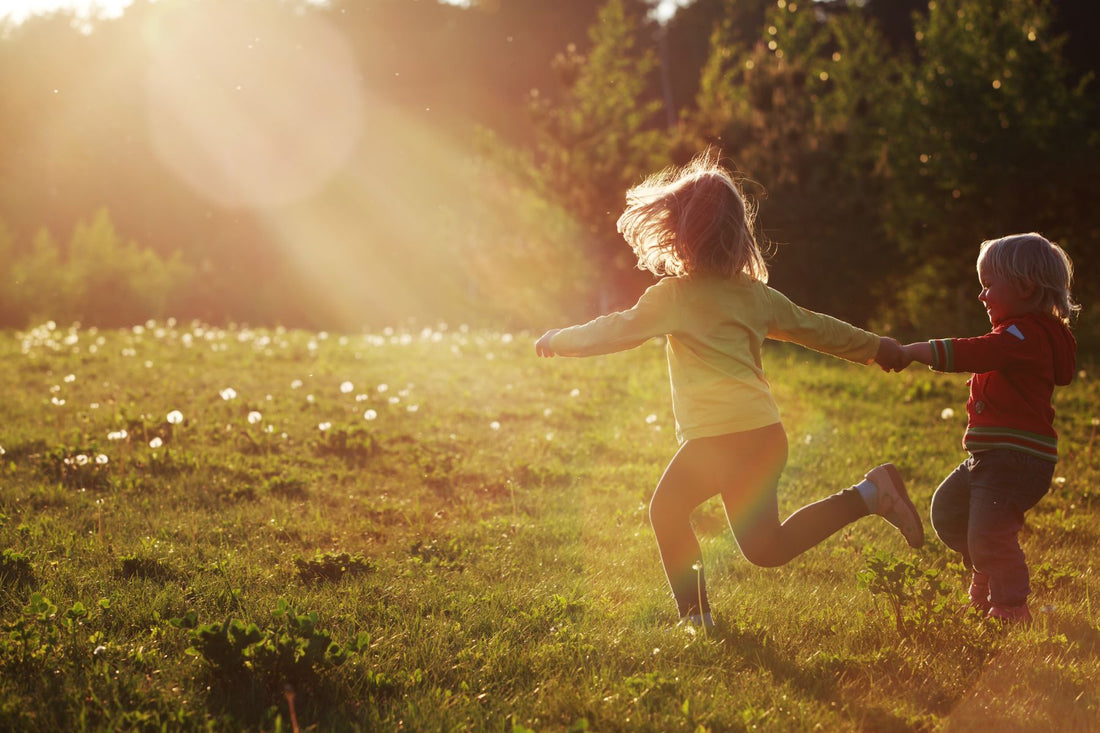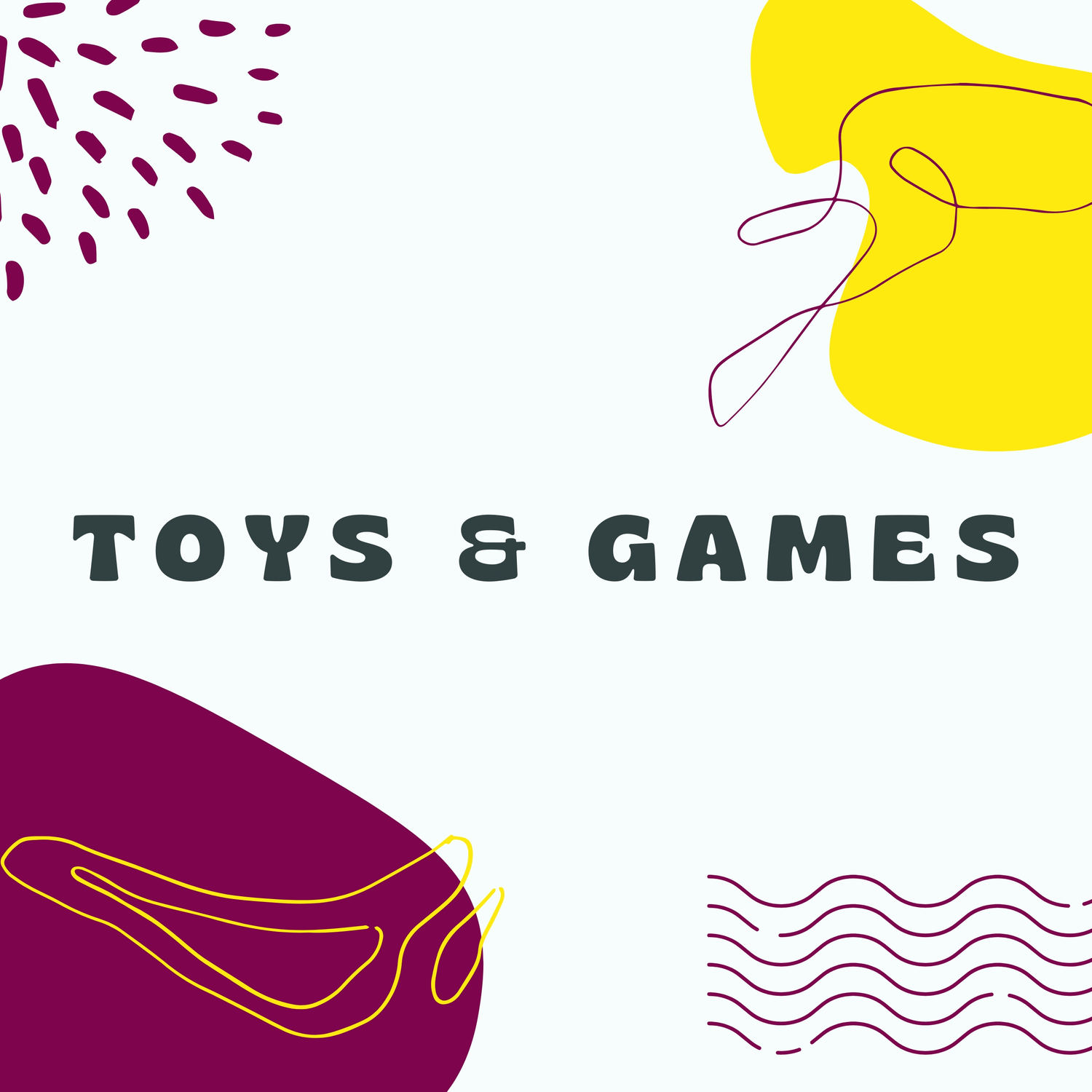
Unveiling the Truth: Busting 6 Mindfulness Myths for Kids
Nina PaulusShare
Introduction
Mindfulness has become increasingly important in today's fast-paced world, where children are under constant stress and distractions. It is a powerful tool that can help children navigate the complexities of life with grace and calm. Mindfulness is not just a passing trend; it is a foundational skill that supports emotional, cognitive, and social development in children. Despite its proven benefits, many myths and misconceptions about mindfulness deter its integration into educational and home settings. This article aims to demystify mindfulness, clarify common misconceptions, and shed light on its role in fostering well-being and learning among young minds.
Myth 1: Mindfulness Is Rooted in Religion

You may hesitate to introduce mindfulness activities to your children at home because you believe mindfulness is associated with religious practices. While mindfulness does have its roots in Buddhist meditation, the form of mindfulness taught and practised in non-religious settings, such as kindergartens and schools, is entirely secular. You need to know that mindfulness can be used to enhance children's well-being and cognitive skills without interfering with personal or family beliefs.
Mindfulness is a practice that involves developing an awareness of the present moment without any religious associations. It encourages children to observe their thoughts, emotions, physical sensations, and the environment around them in a way that promotes curiosity and empathy without being judgmental. For parents who want to introduce mindfulness to their family, it can be an excellent opportunity to teach kids essential life skills like emotional management, concentration, and empathy without imposing religious beliefs.
Mindfulness can be a practical tool for children to manage stress, build concentration, and develop a deeper appreciation for the moment. It can be woven into daily activities at home, making it easy to practice. Whether it's a quiet morning routine, mindful eating, or taking a few minutes to breathe and observe thoughts and sensations, mindfulness enhances the quality of life. It fosters a nurturing environment for the whole family.
Mindfulness and Family Travel: Enhancing Experiences

Introducing mindfulness practices to children through family travel can offer a unique and enriching perspective. Travel brings new experiences and challenges that can sometimes lead to stress or anxiety for parents and children. However, mindfulness activities can transform these moments into opportunities for growth and learning. By paying attention to new surroundings, listening to unfamiliar sounds with curiosity, and embracing the present moment, children can learn to practice mindfulness during their travels.
Travel provides a perfect opportunity to develop awareness in diverse settings. It can teach children to engage fully with their experiences, whether admiring the sights from a scenic viewpoint or navigating the sensory overload of a bustling street market. These moments of mindful observation and presence can deepen the travel experience, making it more memorable and impactful.
It's important to note that mindfulness is a secular and inclusive practice, not rooted in any particular religion. By understanding this, families can explore mindfulness activities without any religious connotations. Whether at home or on the road, mindfulness activities offer a pathway to greater emotional well-being, enhanced focus, and a deeper connection to the world. For mothers interested in introducing mindfulness practices to their children, this journey promises a shared exploration of the richness of the present moment, free from any religious connotations and full of opportunities for discovery and growth.
Myth 2: Mindfulness Is Just About Being Kind

Some misconceptions about mindfulness need to be addressed. Many people believe that mindfulness is all about promoting kindness and social skills. While kindness is an essential aspect of child development, limiting mindfulness to this aspect does not do justice to its profound impact on emotional and cognitive growth.
Therefore, if you want to integrate mindfulness at home, you need to know that its benefits go beyond fostering social connections. Mindfulness teaches children to become more attuned to their internal experiences and the world around them. It balances awareness of thoughts, feelings, and sensations, allowing children to navigate life's ups and downs gracefully.
Developing this awareness leads to greater emotional regulation, resilience, and empathy, not just kindness. Hence, when practicing mindfulness at home, children learn to be kinder and more connected to themselves and others. They can make sense of their emotions and develop stronger relationships.
Myth 3: Mindfulness Is Just About Relaxing

Parents might turn to mindfulness to create a peaceful home environment in a chaotic world. While mindfulness practices can promote relaxation and reduce stress, it's essential to know that mindfulness is much more than a relaxation technique. Its essence is to cultivate presence and attentiveness to the current moment, regardless of the situation.
At home, mindfulness can transform routine family activities into opportunities for engagement and presence. For example, a simple walk in the park becomes a chance to pay attention to the sensations of the wind or the sounds of leaves crunching underfoot. These practices teach children to live more fully in the present, increasing their ability to appreciate life's simple joys and cope with its challenges with a calm, focused mind.
Mindfulness and Family Activities: A Path to Presence
Incorporating mindfulness into family activities has a dual benefit: it strengthens familial bonds while teaching valuable life skills. Activities such as cooking together, crafting, or cleaning can become mindfulness practices. By focusing on the task at hand, observing details, and engaging with the process, children learn to apply mindfulness in everyday life, seeing even mundane tasks in a new light.
If you want to promote a mindful environment, creativity is vital. Mindfulness doesn't have to be a severe and sit-down practice. It can be as dynamic and playful as the family itself. Incorporating games that emphasise sensory awareness or starting a family "gratitude jar" are just a couple of ways to integrate mindfulness into daily routines, making it an integral part of family life.
By challenging these misconceptions, we broaden our understanding of mindfulness and open up a world of possibilities for enriching our children's lives at home. Mindfulness becomes an activity and a way of being infused with curiosity, empathy, and presence. For mothers embarking on this journey with their children, the path of mindfulness offers a compass for navigating the complexities of life with awareness, resilience, and connection.
Myth 4: Mindfulness Requires a Silent, Empty Mind

Some parents might hesitate to explore mindfulness with their children due to a common misconception about the practice. Some believe that mindfulness requires emptying one's mind of all thoughts to achieve a state of silent, thought-free awareness. This can be incredibly daunting in a busy family home where quiet moments are hard to come by, and achieving an obvious mind seems impossible.
However, the reality is quite different. Mindfulness is about cultivating an accepting awareness of whatever is happening in the present moment, including the flow of thoughts. It's about observing thoughts as they come and go, without getting caught up in them, rather than attempting to push them away or achieve a blank mind. This critical difference sets the stage for mindfulness to be practised anywhere and at any time, even amidst the noise and chaos of daily life.
Fostering Mindful Awareness Amidst Family Life
It's essential to remind children that mindfulness is not about achieving a silent mind but rather about being present and aware of whatever is happening, including noise, distractions, and thoughts. Activities such as mindful listening, where family members take turns sharing their thoughts and feelings without interruption, can show that mindfulness involves actively engaging with one's thoughts and surroundings, not withdrawing from them.
Simple practices such as taking three deep breaths together before a meal or pausing to feel the sensations of their feet touching the ground can teach children that mindfulness can exist alongside the full range of experiences, including thoughts.
Myth 5: Mindfulness is a Quick Fix for Behavioural Issues

It's important to understand that mindfulness is not a quick fix or a magic solution for all behavioural challenges. While it can significantly enhance focus, emotional regulation, and stress management, it is a skill that takes time to develop with regular practice and patience. The benefits of mindfulness unfold gradually, and it's essential to set realistic expectations by viewing it as part of a broader approach to well-being. It is among many tools for managing family dynamics and navigating the complexities of growing up. Although its practice can lead to profound changes in how children relate to their thoughts and emotions, it requires consistency.
Integrating Mindful Practices for Long-term Benefits
Mindfulness practices can quickly become a part of daily routines, allowing children to develop their mindfulness skills regularly. For instance, spending a few minutes each day practising mindfulness together can become as habitual as brushing teeth. These practices include breathing exercises, mindful colouring, or simply sharing and reflecting on the day's experiences with conscious attention. These practices can be the foundation for a more mindful and compassionate family life.
Encouraging children to notice and talk about the effects of these practices on their own experience can also be incredibly valuable. It reinforces the understanding that mindfulness is a journey rather than a destination, with its impact felt more deeply over time.
Embracing Mindfulness as a Path to Growth
By addressing these misconceptions, parents can feel more confident in integrating mindfulness into their family life, understanding its true nature and long-term benefits. Mindfulness is not about achieving a state of constant calm or a quick fix for life's challenges. Instead, it is a powerful practice that can help children and adults develop greater emotional resilience, compassion, and present-moment awareness when incorporated into daily life. As families embark on this journey, they discover that mindfulness enriches their relationships with themselves, each other, and the world around them. This fosters a home environment where growth, learning, and connection flourish.
Myth 6: Mindfulness Practice Is Too Structured for Children

You might worry that mindfulness practices are too rigid or structured for children's spontaneous and often unpredictable nature. This myth can create the impression that mindfulness isn't suitable for young ones, who may have shorter attention spans and a preference for play over sitting still.
However, mindfulness can be incredibly flexible and adapted to fit children's dynamic energy. Mindfulness isn't confined to sitting in silence with closed eyes; it encompasses a wide range of practices that can be playful, active, and fully integrated into children's daily lives.
Making Mindfulness Fun and Accessible at Home
Mindfulness activities can be designed creatively to attract children's attention and match their natural curiosity and love of play. For instance, a simple walk to the park can be transformed into a "mindful walk" adventure where children observe and appreciate the new things in their environment using their senses to experience the world around them. In addition, a regular snack time can turn into a fun exploration of flavours, textures, and colours through "mindful eating," which encourages children to slow down and appreciate their food.
Furthermore, storytelling can introduce mindfulness by incorporating themes of awareness and presence into bedtime stories or guided imagery exercises to help children focus and relax while sparking their imaginations. Even breathing can become a mindfulness practice when paired with playful imagery or movements like imagining blowing up a balloon or smelling a flower.
Embracing Mindfulness in Everyday Moments
Mindfulness doesn't require a special time or place to be effective. It can be practised amid everyday activities, turning routine moments into opportunities for presence and connection. Encouraging children to pause and take a deep breath when they feel overwhelmed, to listen entirely when someone is speaking, or to notice the sensations in their body during different activities can all be simple yet powerful mindfulness practices.
These everyday mindfulness moments teach children that being present and aware is accessible at any time. They help them develop the skills to navigate their thoughts and emotions more effectively. They also show them that mindfulness is not separate from life but a way of experiencing life more fully.
Conclusion: Mindfulness as a Playful Path to Presence

Busting the myth that mindfulness is too structured for children opens up a world of possibilities for integrating mindful awareness into family life in an engaging, enjoyable, and profoundly beneficial way. By making mindfulness practices playful and woven into everyday activities, mums can help their children develop focus, empathy, and resilience in a natural and fun way.
As families explore mindfulness together, they discover it's not about adding one more structured activity to their busy lives but rather about deepening their experience of the moments they already share. This journey of shared discovery can strengthen family bonds, enhance well-being, and create a foundation of mindful living that supports children's growth and happiness.
To learn more about Mindfulness for kids, visit our blog article on 13 Fun Mindfulness Activities for Kids – Keep Calm and Play On!
FAQs for Mindfulness for Children
Q1: At what age can my child start practising mindfulness?
A: Children can start practising mindfulness at any age. Even toddlers can engage in simple mindfulness activities like mindful listening or breathing exercises. The key is to adapt the practice to be age-appropriate and engaging for your child's developmental stage.
Q2: How does mindfulness benefit my child's mental health?
A: Mindfulness has been shown to have significant benefits for mental health. According to research, around 1 in 7 primary school-aged children and 1 in 4 secondary school-aged children experience mental health problems. Mindfulness practices can help reduce symptoms of anxiety and depression, improve emotional regulation, and boost resilience, contributing to overall better mental health and well-being.
Q3: Can mindfulness help with my child's focus and academic performance?
A: Yes, mindfulness can improve focus and academic performance. Studies suggest that practising mindfulness strengthens brain areas related to attention, leading to improved concentration, memory, and cognitive flexibility. This can translate to better academic performance and increased engagement in learning.
Q4: How long does it take to see the benefits of mindfulness in children?
A: The benefits of mindfulness can be seen relatively quickly, but they grow more pronounced with regular practice over time. Some families notice improvements in mood and behaviour within a few weeks, while cognitive and academic benefits may become more evident over several months of consistent practice.
Q5: My child is very energetic and has trouble sitting still. Can they still practice mindfulness?
A: Absolutely. Mindfulness doesn't require sitting still in silence. Many mindfulness activities for children are designed to be dynamic and interactive, catering to their natural energy and movement. Activities like mindful walking, yoga, or even mindful colouring can be excellent ways for energetic children to practice mindfulness.
Q6: How can I incorporate mindfulness into our family routine?
A: Mindfulness can be woven into your family routine in simple, informal ways. For example, you can take a few deep breaths together before meals, practice gratitude by sharing something you're each thankful for at the end of the day, or engage in a few minutes of mindful listening to sounds in your environment. The key is consistency and making mindfulness a natural part of your family's daily life.
Q7: Are there any resources available to start mindfulness with my children?
A: Many resources are available for families interested in mindfulness, including apps like Smiling Mind, books with mindfulness activities for children, and online courses designed for families. These resources offer guided practices, activities, and tips for integrating mindfulness into family life.




